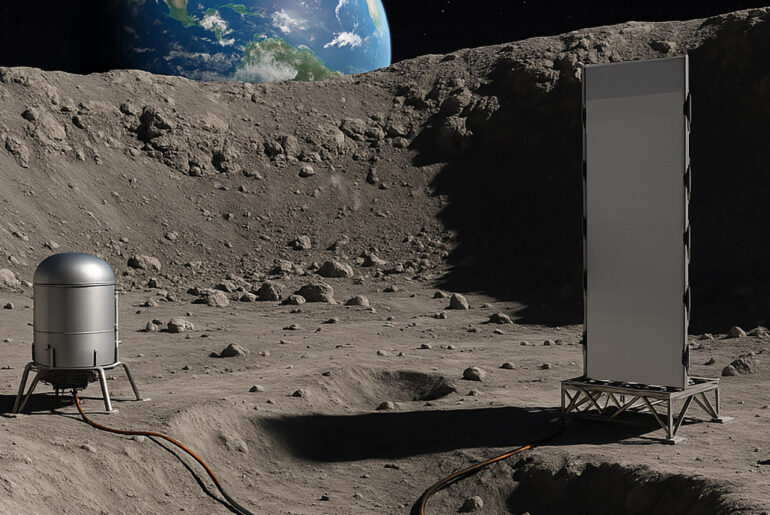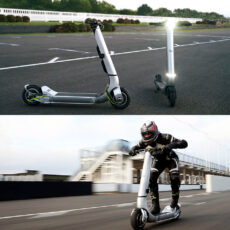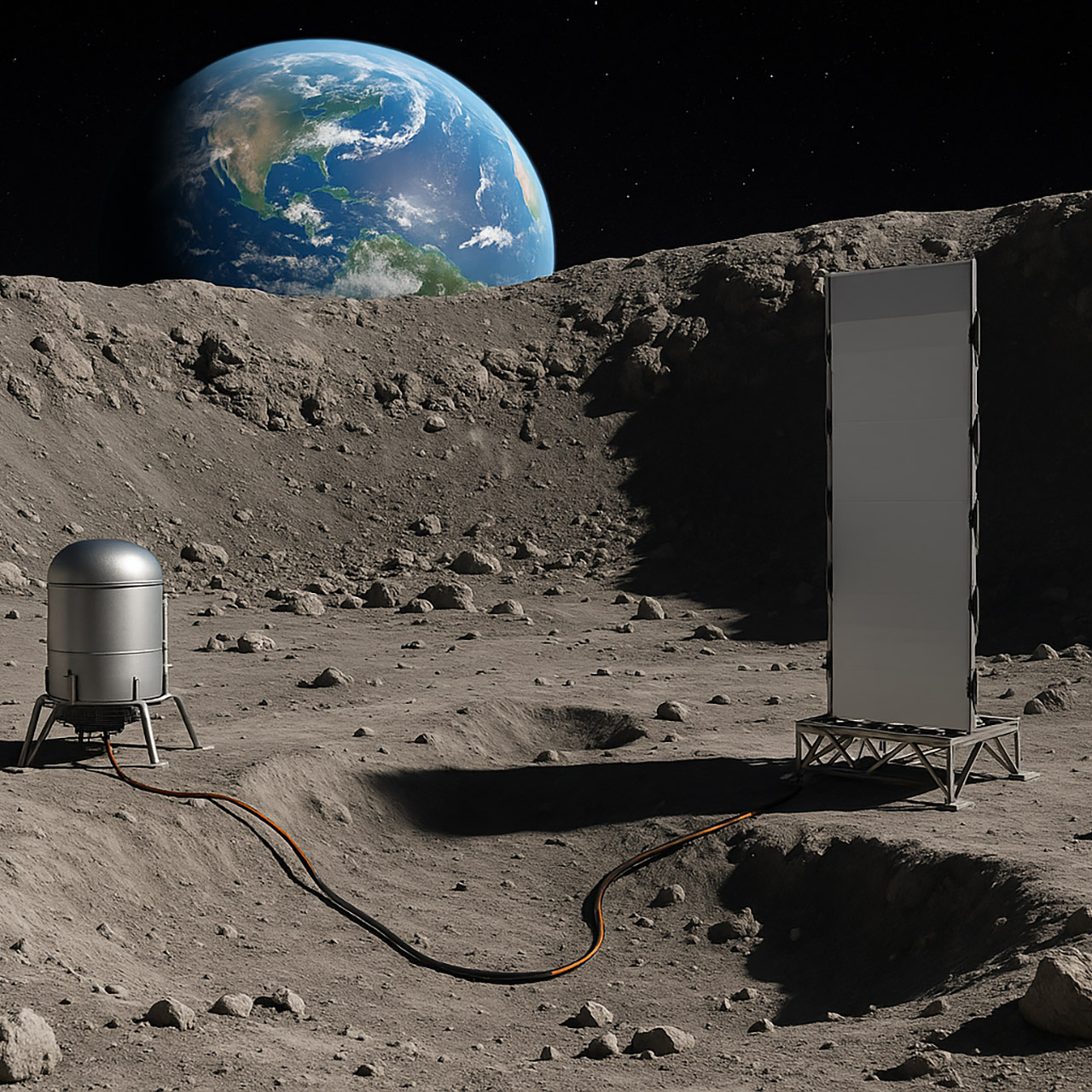
NASA’s latest lunar venture sounds like a science fiction novel, but it’s real. The Fission Surface Power Project, a multi-year effort to put a nuclear reactor on the Moon, has just completed its first phase. Detailed in a recent NASA release, it lays the groundwork for a small nuclear powered generator that can power habitats, rovers and experiments even during the Moon’s 2 week long nights.
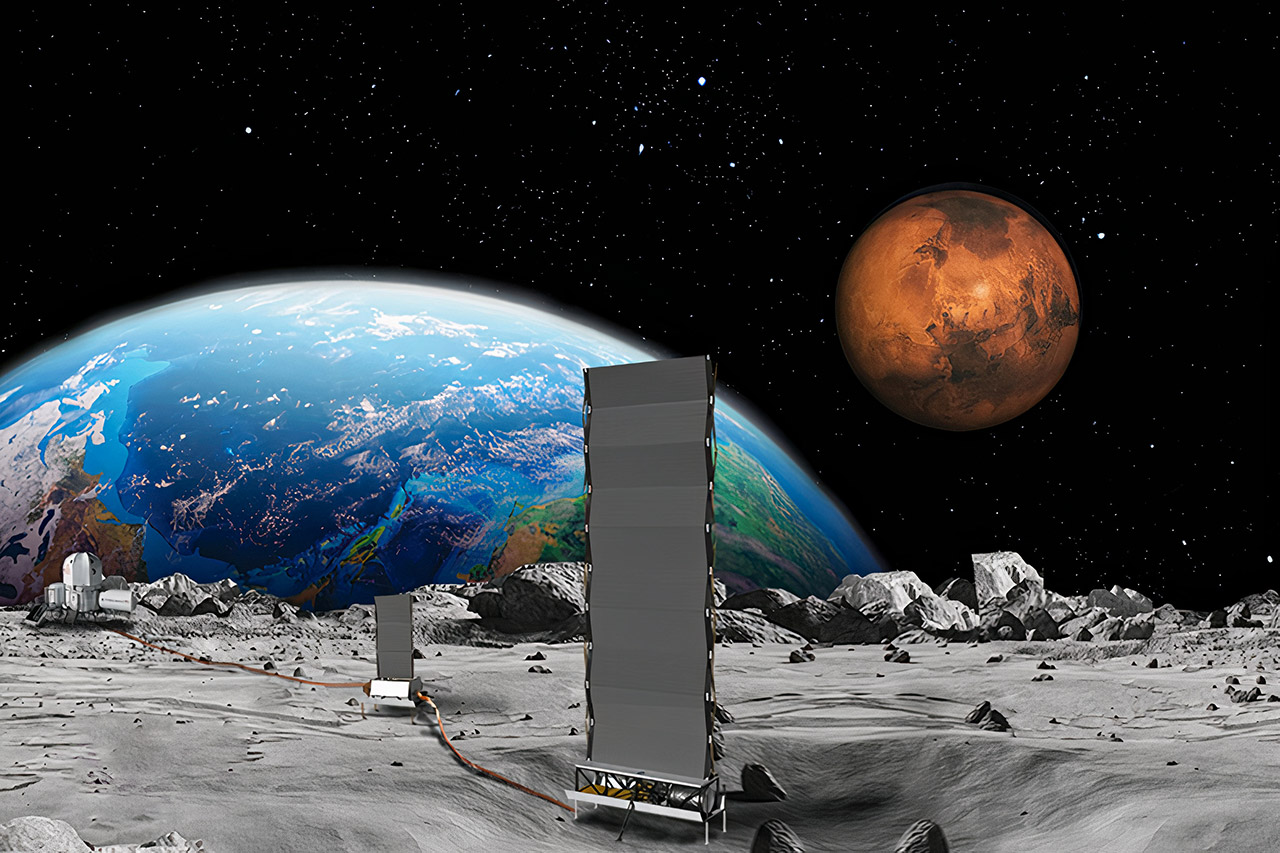
Three companies—each awarded a $5 million contract in 2022—have been tasked with designing the reactor. The designs they’ve produced cover everything from the reactor itself to power conversion systems, heat management and distribution networks. NASA encouraged creativity while setting a few non-negotiables: the reactor must weigh less than 6 metric tons, produce 40 kilowatts of power (enough to power 33 US households) and run for 10 years without human intervention. That’s not all, safety, particularly around radiation, is top priority as is the ability to remote control the system.
- 2 AVIATION LEGENDS, 1 BUILD – Recreate the iconic Boeing 747 and NASA Space Shuttle Enterprise with the LEGO Icons Shuttle Carrier Aircraft (10360)...
- DEPLOY LANDING GEAR – Turn the dial to extend the massive 18-wheel landing system on your airplane model, just like real flight operations
- AUTHENTIC FEATURES & DETAILS – Remove the tail cone, engines, and landing gear from the NASA shuttle and stow them in the cargo bay during flight
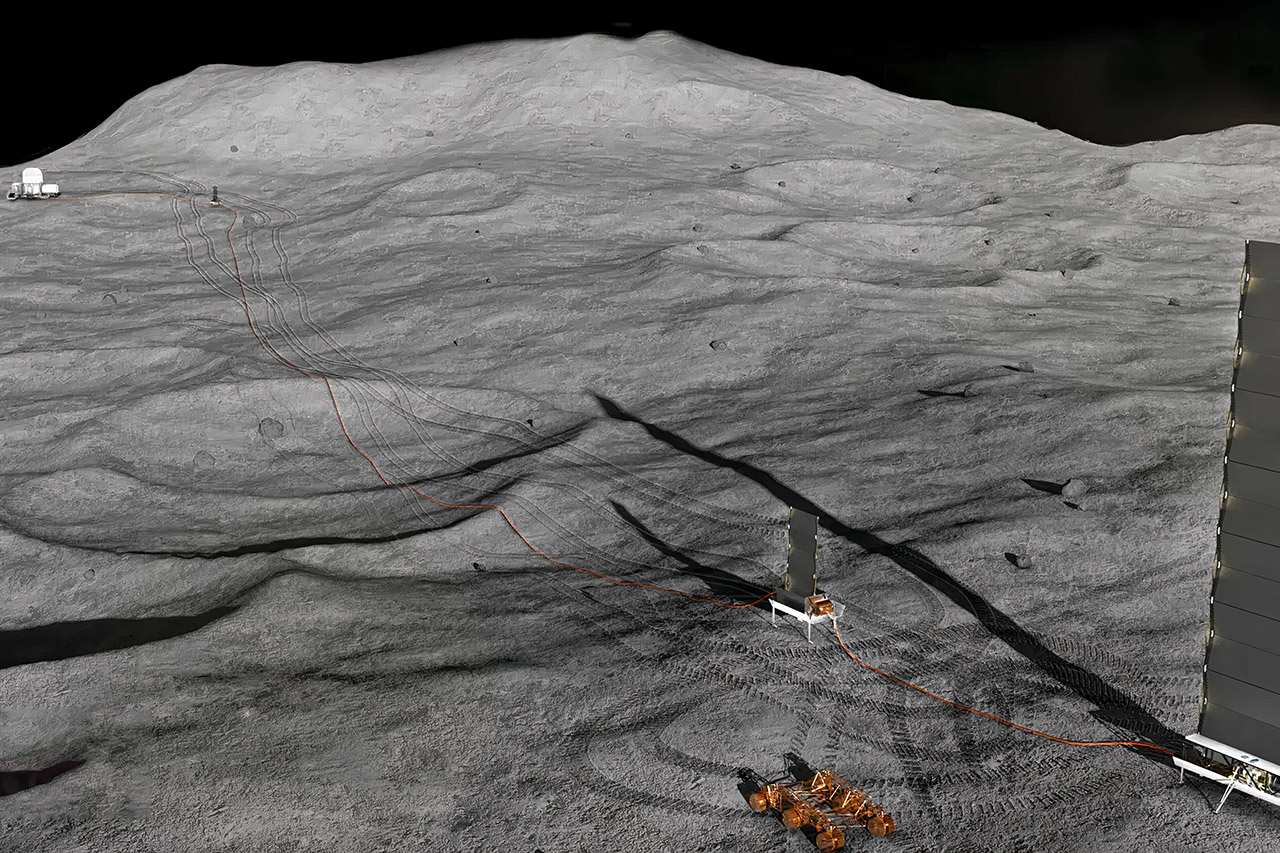
Lunar nights pose a unique challenge. Unlike Earth where darkness lasts mere hours, the Moon goes dark for 14.5 Earth days, rendering solar panels useless. A nuclear reactor sidesteps this issue, delivering power 24/7. It could also be parked in permanently shadowed craters where water ice might be hiding—a critical resource for future lunar bases. The flexibility of nuclear power opens doors that solar can’t, making it the cornerstone of NASA’s long term vision for sustained lunar presence and eventually Mars exploration.
NASA’s strategy was to throw a wide net and not specify too much to see what would come out. The result? Three unique concepts, each tackling the reactor design, fuel types and fault management in different ways. NASA isn’t sharing details yet but project manager Lindsay Kaldon said the proposals were diverse. The agency is now reviewing the proposals and will extend the contracts to refine them before moving to Phase 2 in 2025. That’s when they’ll pick a final design for a lunar demonstration with a target launch in the early 2030s.
The reactor’s journey doesn’t stop after its lunar debut. After a one year test run, it will run for 9 more years to prove itself. If it works, the design can be modified for Mars where conditions are even harsher. NASA is thinking decades not years for a power solution to support outposts on other planets. The reactor’s ability to run autonomously for 10 years is a big deal, reducing the need for human oversight in environments where repairs are a logistical nightmare.
Beyond the reactor itself, NASA is also tackling the challenge of converting nuclear heat into usable electricity. They recently awarded contracts to Rolls Royce North American Technologies, Brayton Energy and General Electric to develop more efficient Brayton power converters. These devices use heat differences to spin turbines but current models waste a lot of energy. Improving them will make the reactor’s output more practical, squeeze every watt out of the system. This side project shows NASA is getting the details right, not just making the reactor work, but making it work for the Moon’s unforgiving surface.

